Walk on the Wildlife Side in America
What are the Best National Parks in the USA to See Wildlife?
One of the best things about visiting a National Park is seeing things that you don’t see every day. America’s National Parks are some of the best places to spot wildlife as they exist in their natural habitat. The list below features eight of our favorite National Parks where wildlife runs free and is relatively easy to spot. We have included information on where you might catch a glimpse of the wildlife that roams free in our National Park system. It is important to keep in mind that wild animals are unpredictable so no sighting can be guaranteed…but if you keep these wildlife tips in mind, you just might get lucky!
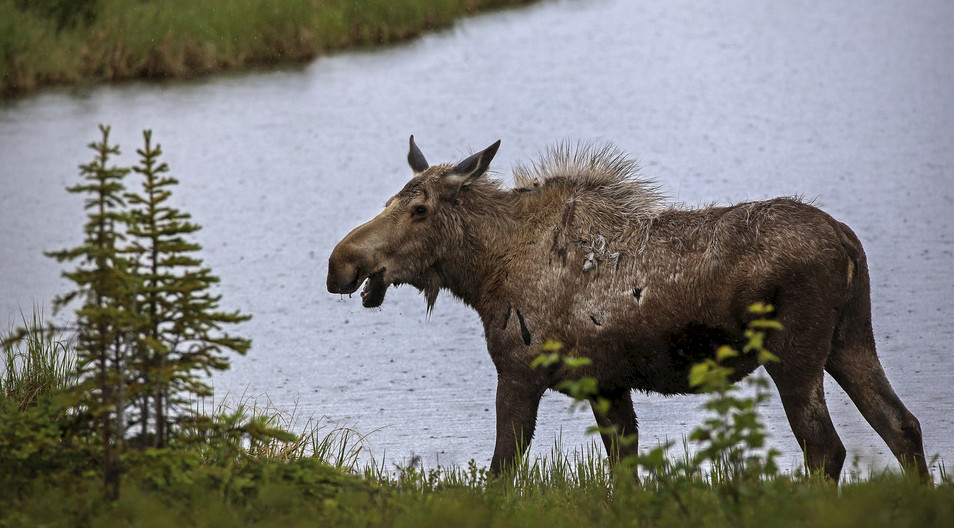
Denali National Park
This park encompasses six million acres in the interior of Alaska. The crown jewel of the park is 20,310 ft. Mount Denali, the tallest peak in North America. The terrain is a mix of tundra, taiga, spruce forests, snowy mountains, and glaciers that is home to a variety of wildlife including grizzly bears, black bears, wolves, moose, caribou, and Dall sheep. The birdlife is equally impressive with 169 species of birds including Golden eagles. Denali is one of the best and safest places to see grizzly bears in the wild. According to the National Park Service, your best chance of seeing wildlife will be while riding a bus along Denali Park Road. Grizzly bears are often spotted foraging along the Savage, Teklanika, and Toklat Rivers. To identify a grizzly bear look for its’ distinctive shoulder hump noting that its’ rump is lower than the shoulder hump. Caribou are most often spotted in the summer in the same areas where grizzly bears are seen, in the bush and grazing along the rivers.
Alaska - America’s Last Frontier
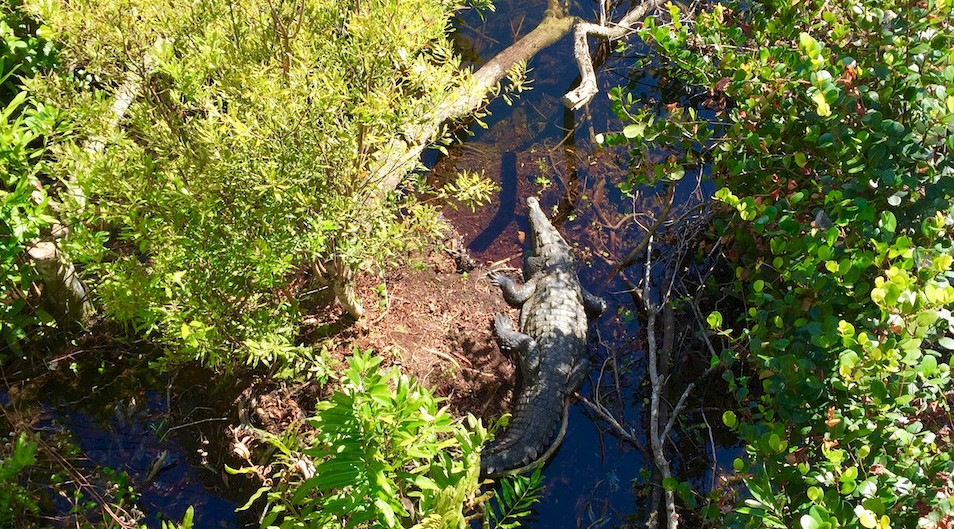
Everglades National Park
This is America’s largest subtropical wilderness that provides important habitat for a variety of rare species like the manatee, the American crocodile, and the rarely seen Florida panther. This expansive 1.5 million acre wetland is also a World Heritage Site, an International Biosphere Reserve, and a special wetland protected by the Cartagena Protocol on Biosafety. The long slow “River of Grass” attracts more than 360 different species of birds from wading birds and land birds to birds of prey. This is the only place in the world where you can see both alligators and crocodiles swimming in brackish water. The dry winter season is the best time for wildlife viewing when water levels are low making it a good time to spot alligators, wading birds, and other freshwater wildlife. The area of the Everglades known as Shark Valley is known for its’ abundant wildlife including alligators, turtles, snakes, and wading birds. The best way to traverse this 15-mile paved area is by taking the interpretative tram tour that makes it easy to spot wildlife. The highlight of the tram ride is the stop at the 40-foot high observation tower with views to the horizon. There are more than 40 mammals that make the Everglades their home from whitetail deer and bobcats, to gray fox and river otters that can often be spotted in the spring at the Anhinga Trail and Shark Valley.
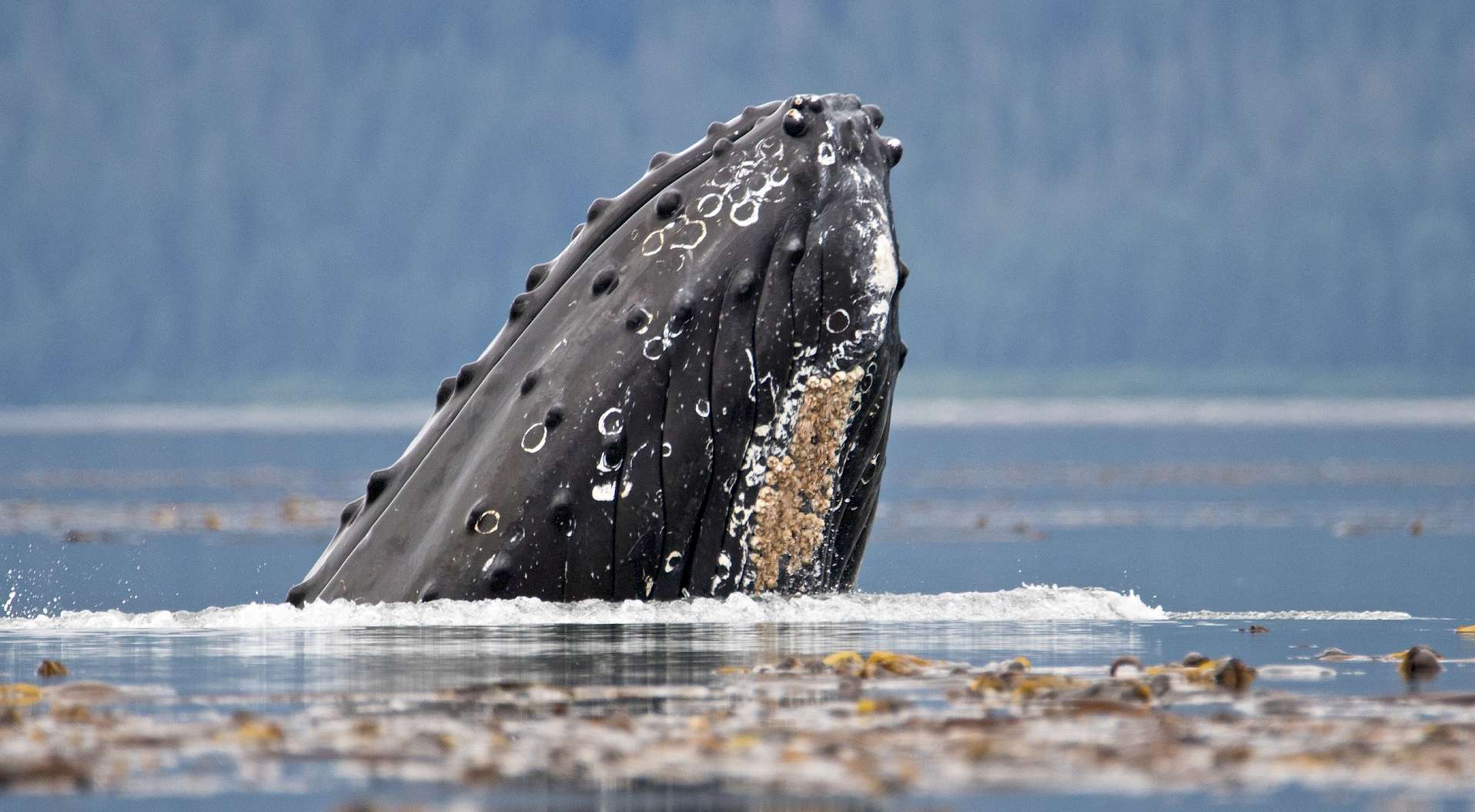
Glacier Bay National Park
Just west of Juneau Alaska, Glacier Bay National Park is treasured worldwide as a marine and terrestrial wilderness sanctuary consisting of 3.3 million acres of rugged mountains, ancient glaciers, temperate forests, untamed coastline, and deep sheltered fjords. It is a highlight of Alaska’s Inside Passage and part of a 25 million-acre World Heritage Site. One of the best ways to visit Glacier Bay National Park and Preserve is on a cruise ship, which can be for a day or part of a longer cruise. On the cruise ship, you will be surrounded by pristine nature as it travels to the heart of the Fairweather Mountain Rane where passengers will see icebergs and calving glaciers. From the deck look for wildlife on the shoreline…brown bears, mountain goats, sea otters, harbor seals, sea lions, humpback whales, bald eagles, puffins, and a variety of other seabirds. This area is enormous, dwarfing even the largest cruise ships. To get the most out of your experience bring binoculars and be patient!
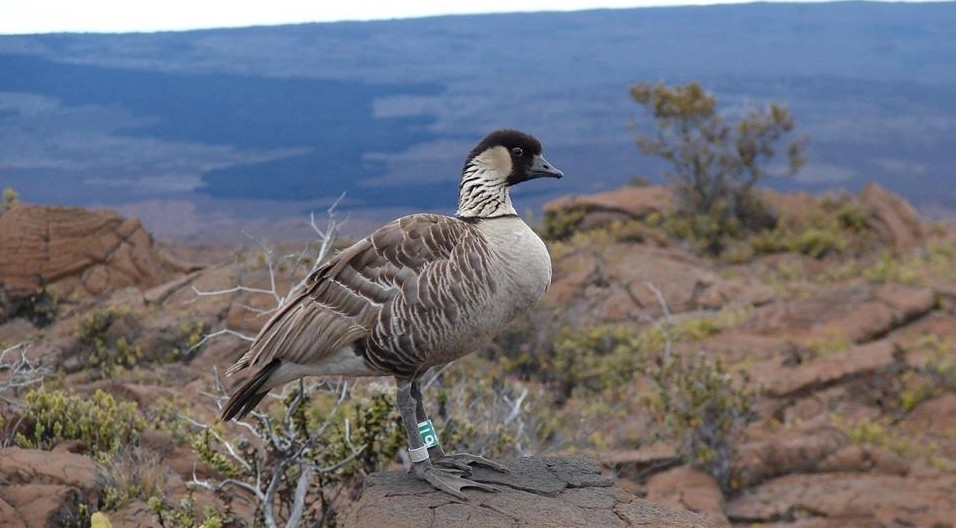
Hawaii Volcanoes National Park
Located on Hawaii Island (the Big Island) this park is known for the Kilauea and Mauna Loa, two of the world’s most active volcanos. On the Crater Rim Drive, visitors will see steam vents, the Halema’uma’u Crater, the entrance to the Thurston Lava Tube, and wildlife found nowhere else in the world. These animals are descendants of those that flew here more than 70 million years ago and evolved on this isolated island. The native species found only on the Big Island include a fascinating number of birds, carnivorous caterpillars, the largest dragonfly in the U.S., endangered sea turtles, and even crickets that hang out near new lava flows. The Big Island is a must for bird lovers because of its’ endemic bird population including the state bird, a type of goose called the Nene. Other birds you may see include the io, petrel, and honeycreepers.
The Flora & Fauna of Hawaii on the Hawaiian Vacation Escape
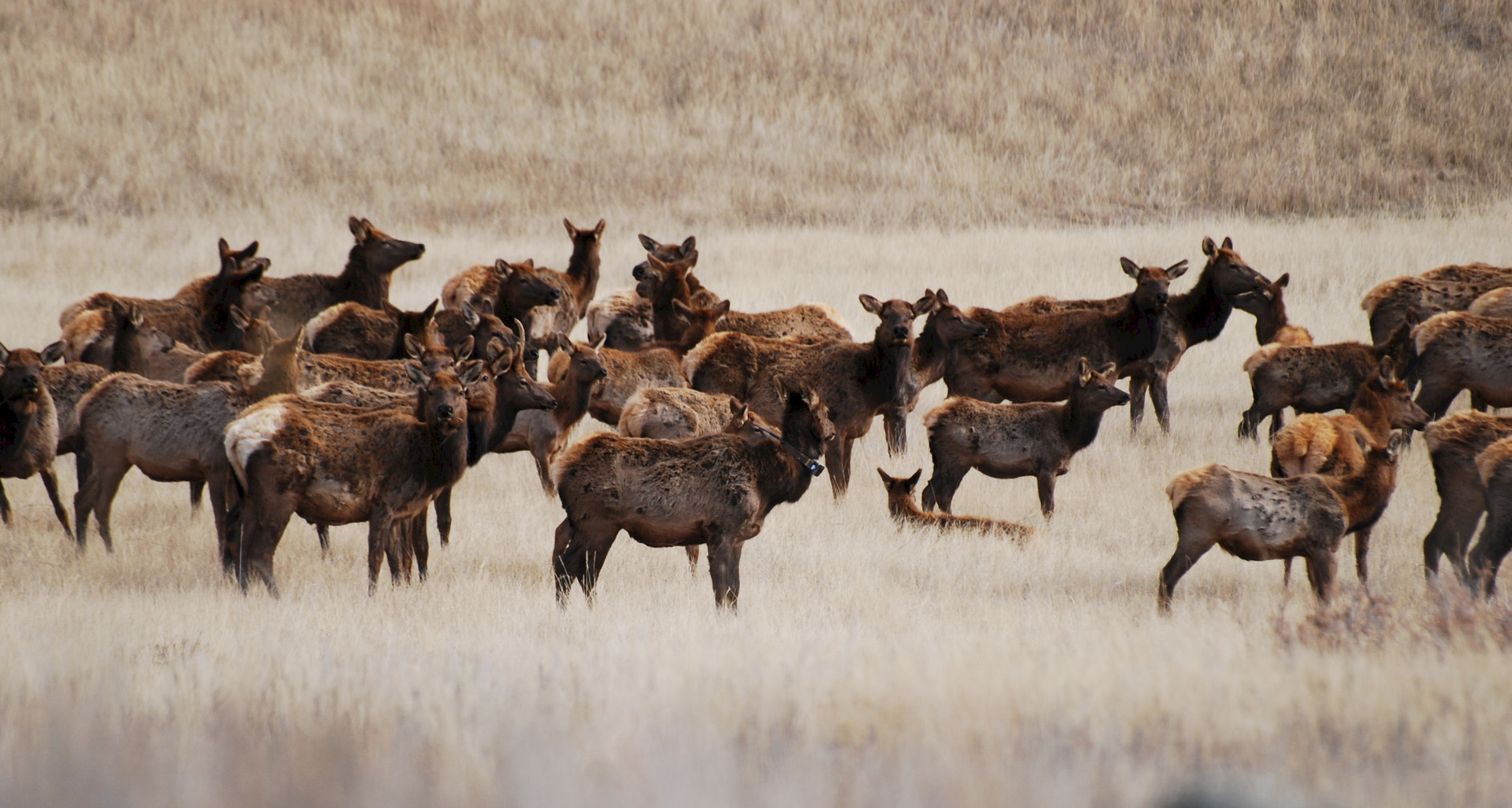
Wind Cave National Park
This National Park located in the southwestern corner of South Dakota is best known for its vast underground wind cave composed of chambers with colorful names such as Post Office and Elks Room. What makes this cave unique is its boxwood, frostwork, and popcorn crystals found throughout the cave. It is one of the longest and most complex caves in the world. This park is as impressive above ground as it is below ground. The part of the park that is a good place to look for bison herds, pronghorns, elk, and coyotes is the wide expanse called Bison Flats. Boland Ridge is home to the park’s elk herds that are best spotted at sunrise and sunset. One of the most whimsical animals to watch that make Wind Cave their home are prairie dogs. Most of Wind Cave’s prairie dog towns are located along park roads, especially Highway 385, making them easy to spot. Prairie dogs are active year-round and are an important part of the eco-system here because they provide food or shelter for other wildlife as well, making their towns the perfect place to look for other animals.
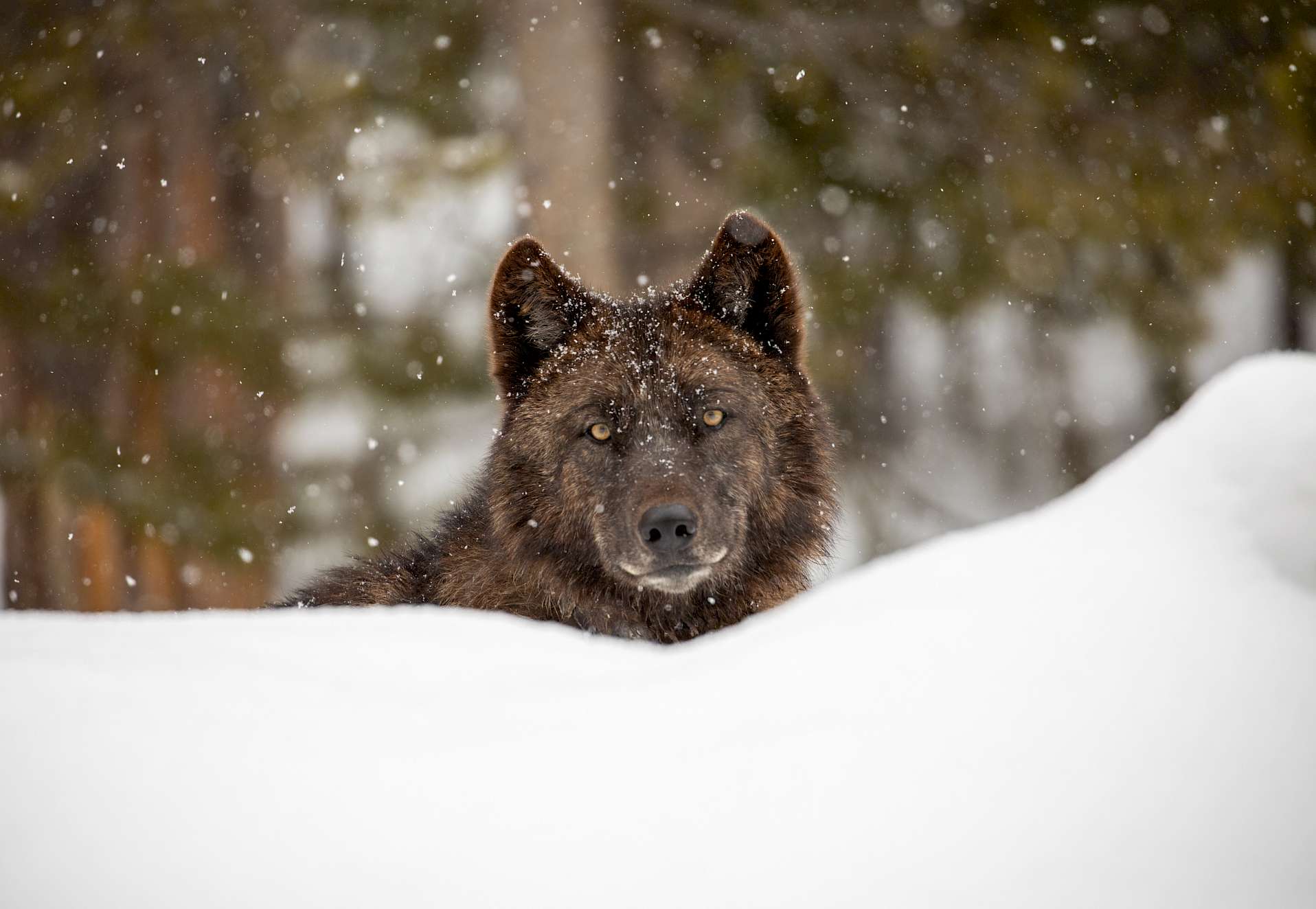
Yellowstone National Park
Yellowstone, America’s first National Park is as famous for its diverse wildlife as it is for its beautiful Rocky Mountain scenery, colorful hot springs, and magnificent geysers. Located in the northwest corner of Wyoming, Yellowstone has inspired awe in travelers for centuries; and from its early days it was simply known as “Wonderland,” a name it lives up to today! Visitors will find nearly 300 species of birds, 16 types of fish, five species of amphibians, six types of reptiles, 67 species of mammals, including two types of bears. Yellowstone has the largest concentration of mammals in the lower 48 states from big horned sheep, bison, elk, and mountain goats to the more elusive cougars, bobcats, and Canadian Lynx. According to the National Park Service animals migrate in and out of Yellowstone in response to the season and availability of food. In general, bears have often been seen grazing in roadside meadows in the spring until the summer temperatures push them into higher elevations. Winter is a great time to spot wolves and their cubs. In July, in the Lamar and Hayden Valleys, bison rut and wildflowers are beginning to peak. In September elks rut near Mammoth Hot Springs and Grant Village and black bears and grizzly bears return to roadside meadows to graze. In November and December bighorn sheep rut near the north entrance to the park and bison begin to migrate to lower elevations.
Spot These Animals on Roaming Western Trails
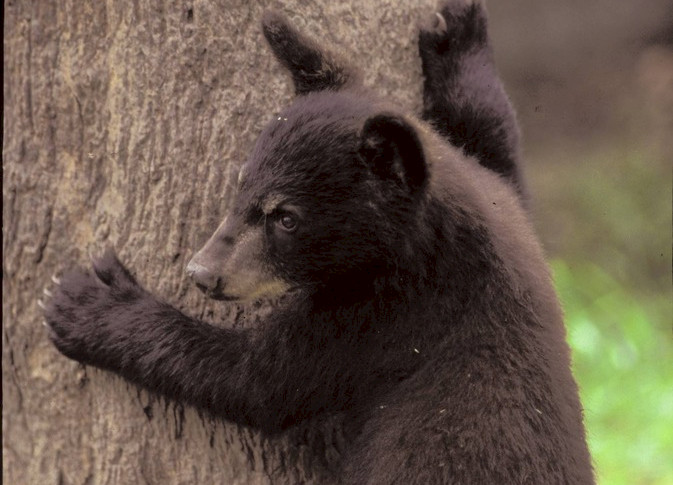
Great Smokey Mountains National Park
Called the Smokies because of the ever-present morning fog that covers ridge upon ridge of seemingly endless mountains in North Carolina and Tennessee, this is America’s most popular National Park. Observing wildlife here is one of the most popular activities. There are more than 1,500 black bears that make this park their home. Cades Cove is one of the best spots in the park for wildlife sightings of black bears, coyotes, groundhogs, turkeys, whitetail deer, elk, raccoons, and skunks. The narrow winding Roaring Fork Motor Nature Trail is another favorite that takes motorists past gushing streams, several waterfalls, and an old-growth forest where a variety of wildlife can be spotted. In addition to wildlife, the Great Smoky Mountains National Park is a world-renowned wildflower preserve with more than 15,000 kinds of flowering plants.
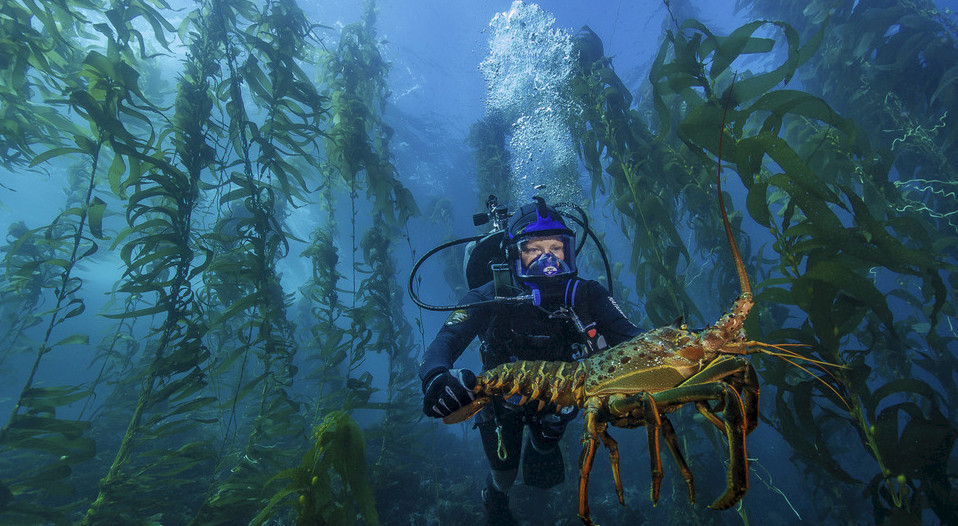
Channel Islands National Park
This National Park is composed of five islands off the coast of California and has the distinction of being the site of the oldest known human remains found in North America. Known as “the Galapagos of North America” this mountainous archipelago is a refuge for more than 2,000 species of plants and animals, including three endemic mammals, the Channel Islands fox, the deer mouse, and the spotted skunk, as well as 11 land birds that are only found here. The marine life that surrounds these islands is diverse and exciting to see because it is where the warm subtropical and cooler northern currents meet. Look for blue whales, sea lions, harbor seals, dolphins, gray and humpback whales. At Point Bennett on San Miguel Island, hundreds of thousands of northern elephant seals, northern fur seals, sea lions, and harbor seals breed at various times throughout the year. In the winter, Pacific grey whales pass the islands on their migration to their summer feeding grounds in Baja Mexico.
Discover America’s National Parks
Whether you want to explore the subtropical beauty of the everglades in Florida, the volcanos of the Big Island of Hawaii, or the frozen wonders of ancient glaciers in Alaska, this list of National Parks is teaming with wildlife waiting to be discovered by you! Whether you are a nature lover, a city dweller, or just someone that wants to experience the great outdoors, an escorted tour to one of America’s National Parks is sure to be uplifting and unforgettable.

